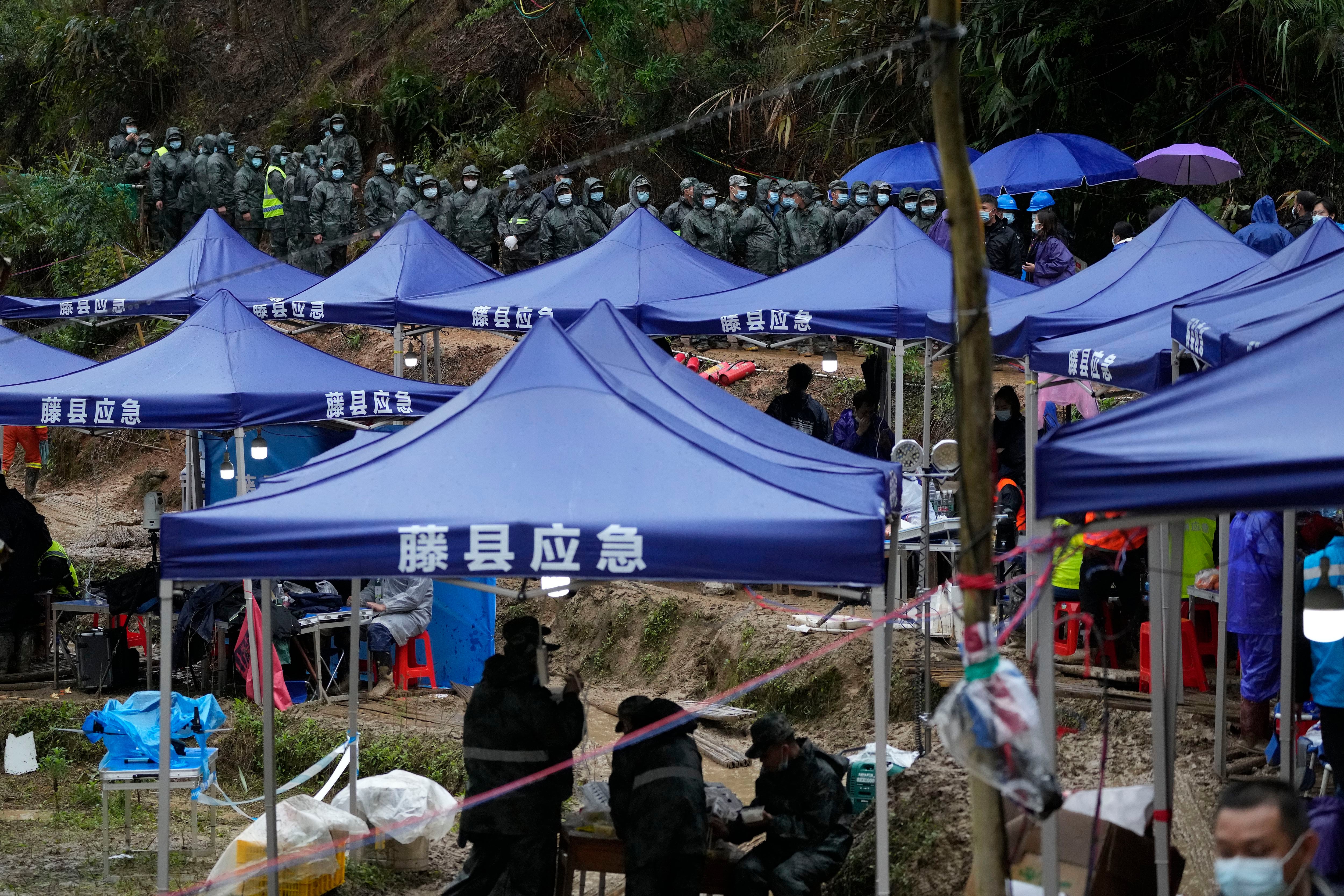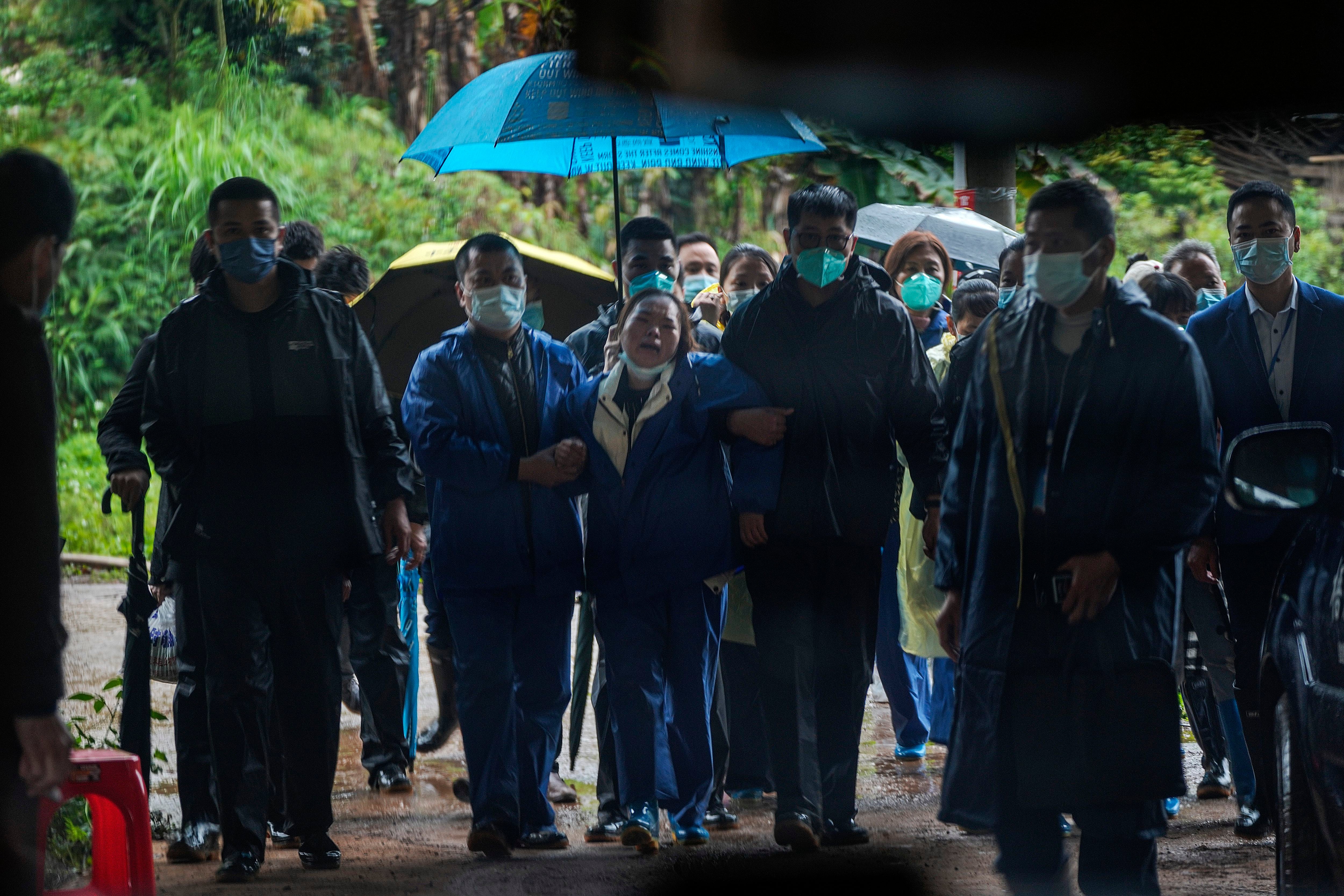Chinese authorities confirmed on Thursday the discovery of human remains in the place where a plane belonging to China Eastern Airlines crashed on Monday with more than 130 people on board, without having provided a casualty balance for now.
Three days after the accident, authorities said they had found 183 parts of the aircraft, including engine parts and cabin elements, 21 objects belonging to the victims and some human remains. State broadcaster CCTV showed images of workers on a naked slope trying to evict a white-wing section bearing the red and blue China Eastern logo.
The chief of fire brigade in the Guangxi Zhuang Autonomous Region, Zeng Xi, has indicated that part of the fuselage and human remains recovered in the area, located in the south of the Asian country, have been handed over to the investigation teams, as reported by the Chinese news agency Xinhua.
In addition, Zhu Tao, the head of the Air Safety Office of the Civil Aviation Administration of China, has indicated that the 'black box' found in the area on Wednesday is probably the cockpit voice recorder (CVR) and has stressed that the exterior of it has been severely damaged, although the data collection unit is relatively complete.

Rescuers have so far found no survivors of the accident, while experts from the Chinese Civil Aviation Administration managed to access the crash site on Tuesday to confirm the identity of the missing and clarify the cause of the accident.
Pumps were being used to drain a pond of water when intermittent light rain hindered the search effort for the second day in a row. More than 300 seekers participated, said Huang Shangwu, deputy chief of the Guangxi Fire and Rescue Department.

“Pumping water yesterday contributed greatly to the discovery of the black box,” Huang told reporters at a command center within a large restricted area that has been blocked by authorities.
The Boeing 737-800 was sailing at 29,000 feet (8,800 meters) when it suddenly plummeted into a remote mountainous area on Monday, causing a fire in the surrounding forest that could be seen on NASA satellite imagery. No survivors have been found.

Foreign media were escorted to the area for the first time on Thursday. Parked police and other vehicles lined up the road to the area, and journalists were driven along small muddy roads covered in red-brown mud to the command center.
When they passed a woman crying away, security officers used open umbrellas to try to prevent journalists from filming from their vehicles.

Seekers have been using hand tools, metal detectors, drones, and sniffer dogs to comb the steep, wooded slopes. Wallets, identity cards and bank have been found.
CCTV news showed policemen in olive and dark rainwear standing in a clear area on Thursday, some with bare hands or white gloves on top of long-handled tools that look like shovels or sickles. They all wore surgical masks.

The recovery of so-called black boxes, which are usually painted orange so that they are visible, is considered key to finding out what caused the accident.
Voice recorders in the cockpit can capture voices, audio alerts and background sounds from the engine or even switches that move. The flight data logger stores information about the airspeed of the aircraft, altitude and direction up or down, as well as pilot actions and the performance of important systems.

Investigators have said that it is too early to speculate on the cause. An air traffic controller tried to contact the pilots several times after seeing the plane's altitude drop sharply, but got no response, authorities said.
The China Eastern flight was headed from Kunming, the capital of Yunnan Province, to Guangzhou, a major export manufacturing city and hub on China's southeastern coast. China Eastern, based in Shanghai, is one of China's top four airlines.

China's President Xi Jinping has ordered “maximum efforts” in search and rescue efforts, while Deputy Prime Minister Liu He and State Councillor Wang Yong are in Guangxi to oversee operations.
(with information from EP and AP)
KEEP READING:
Últimas Noticias
Debanhi Escobar: they secured the motel where she was found lifeless in a cistern

The oldest person in the world died at the age of 119

Macabre find in CDMX: they left a body bagged and tied in a taxi
The eagles of America will face Manchester City in a duel of legends. Here are the details

Why is it good to bring dogs out to know the world when they are puppies




